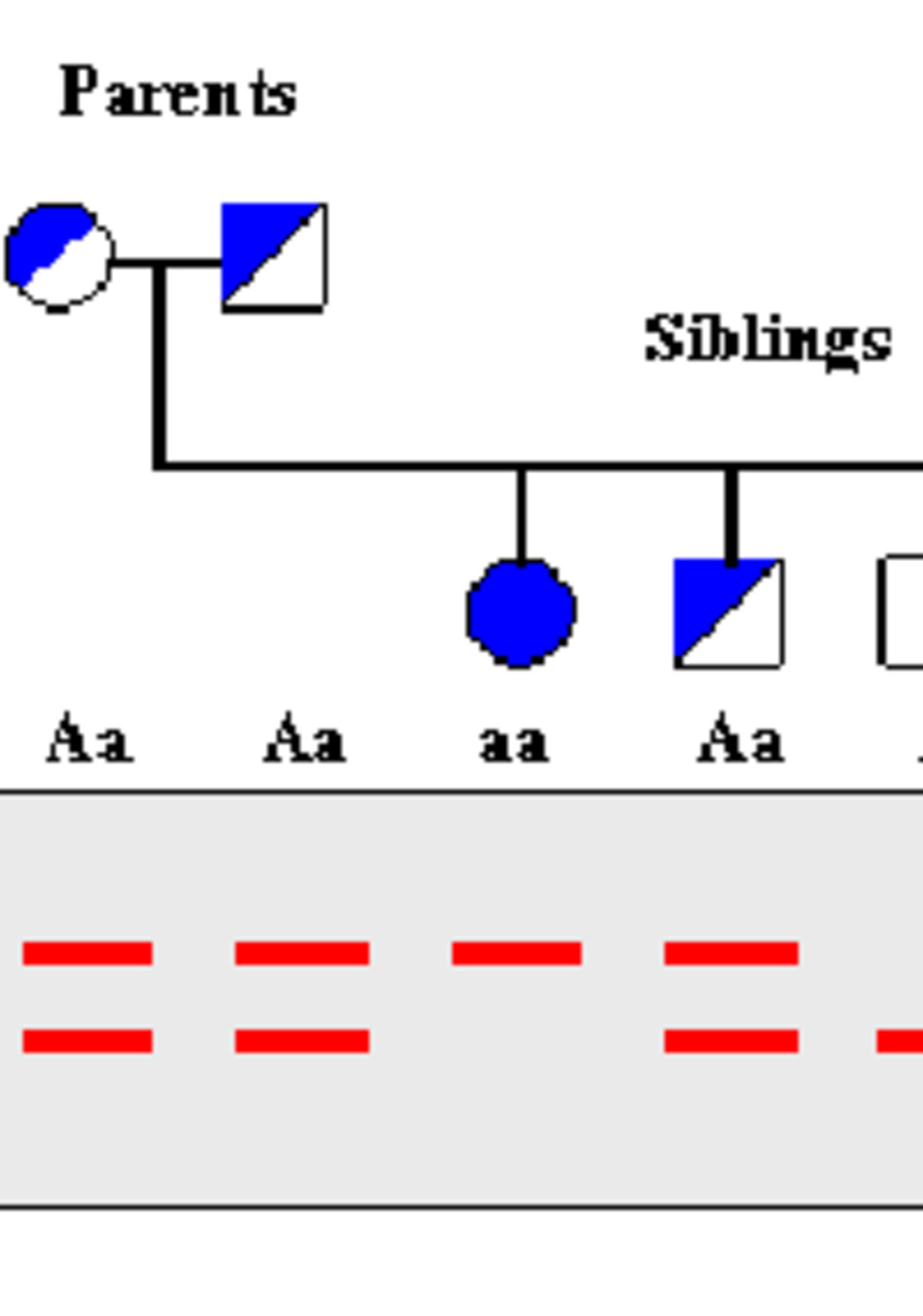
Episode Transcript
Interviewer: A glimpse in Utah's storied history in the field of genetics. Up next on The Scope.
Announcer: Examining the latest research and telling you about the latest breakthroughs. The Science and Research show is on The Scope.
Interviewer: I'm talking with Dr. Ray Gesteland, emeritus professor of Human Genetics at The University of Utah. You know, something that is lore here at The University of Utah is this Alta meeting. Can you talk about what that meeting and why it was so important?
Dr. Gesteland: So I came in 1978 in August and I was busy setting up my lab when The Department of Biology had a department retreat up at Alta. And they had two guest speakers, David Botstein and Ron Davis and Marc Skolnick, who was here at the time, was also at that meeting. And there was a discussion about the possibility of using these DNA markers that are variable from person to person as a way to do a mapping of genes and humans.
Ray White, who was not at the meeting but was at The University of Massachusetts, had done experiments in fruit flies discovering these highly variable pieces of DNA and shown that you could really use these to localize where genes might be on the Drosophila genome. So the discussion that went on at Alta was could this same kind of technology be developed for humans. And at the end of that meeting Botstein and Davis, whom I had known well from earlier years, stopped by my lab as I was setting it up and they were just full of excitement and enthusiasm.
They got up to the whiteboard and were drawing pictures of how it would work and how many markers it would take to map human genes, but it was very clear that that was likely to be a real turning point. Then subsequently Ray White was involved in that conversation and the four of them published a monumental paper that really changed the way human genetics was done.
Interviewer: So the technology is restriction fragment length polymorphism (RFLP), what did that allow scientists to do that they couldn't do before?
Dr. Gesteland: Before doing human genetics was tough going. So what this allowed you to do was to link a particular piece of DNA to a region of a chromosome from a family that had a particular disease within that family. That would give you an address in a town for where that gene might be. It didn't know what street it was on or what house it might be in, but it gave you a town to begin to look among. So if you could then begin to sort through larger fragments of random pieces of DNA from humans and find a much larger piece that has that one variable piece you're interested in to get you closer and closer to the gene of interest that you're really trying to find. Closer to the street, closer to the house where that gene really resides.
Interviewer: And that's the objective in the end to find that gene, that culprit, of the disease.
Dr. Gesteland: That's right. So you could for the first time have a physical association of something you could have in your hand to a real gene and giving you access to what the mutation might be in the family to cause the disease. A monumental turning point.
Interviewer: Was it embraced by the scientific community or did people start using that right away or...
Dr. Gesteland: That really caught on very quickly. There are places all over the world that immediately launched into that general approach. So there was a big, almost a race, to put markers all over the human genome. One of the fundamental things that made that a more sensible approach world wide was an effort that Ray White and Jean-Marc Lalouel here arranged with the genetic research lab in Paris to settle on a set of some 50 families whose DNA would be made available to anybody interested in mapping human genes.
These so called families were normal families, not with any particular disease or phenotype, but all the people doing genetic mapping around the world agreed to use this set and that greatly simplified the worldwide understanding because everybody was working on the same material.
Interviewer: So what's an example of the useful information they were able to get from these set families?
Dr. Gesteland: One of the early ones was cystic fibrosis. A group here collected cystic fibrotic families and ran these highly variable sequences libraries against these families and found a connection to chromosome 7 and ultimately found the gene that's responsible for almost all cases of cystic fibrosis. So that was an early one. Neurofibromatosis, cancer, was a second one that came along quite quickly and then the list went on and on.
Announcer: Interesting. Informative. And all in the name of better health. This is The Scope Health Sciences Radio.